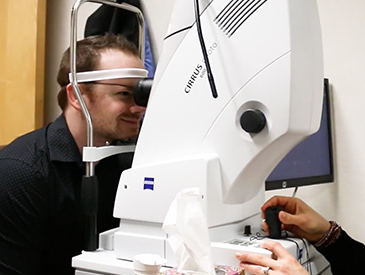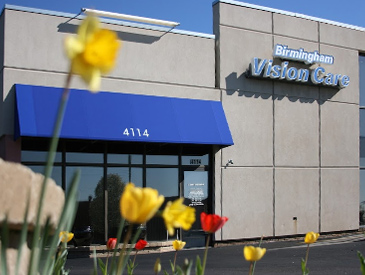
Macular degeneration is a leading cause of vision loss in older adults, affecting the macula - the central part of the retina responsible for sharp, detailed vision. While there’s no cure for macular degeneration, new research into light-based treatments such as red light therapy and low-level light therapy (LLLT) is showing encouraging results for slowing its progression and improving retinal health.
What Is Photobiomodulation?
Photobiomodulation (PBM) is a non-invasive treatment that uses low levels of red or near-infrared light to stimulate cellular activity. This type of light energy penetrates deep into tissue and interacts with mitochondria, the “powerhouses” of cells, to boost energy production and reduce oxidative stress. In the context of eye care, this process may help protect or rejuvenate retinal cells damaged by conditions like age-related macular degeneration (AMD).
How Red Light Therapy and LLLT Work for the Eyes
Red light therapy and LLLT use specific wavelengths of light to target the retina. The therapy aims to:
Reduce inflammation: Chronic inflammation contributes to retinal degeneration. Red light can help regulate inflammatory pathways.
Improve blood flow: Enhanced circulation delivers more oxygen and nutrients to the retina.
Boost mitochondrial function: By improving cellular energy, photobiomodulation may help retinal cells repair and function more effectively.
Decrease oxidative stress: The therapy helps neutralize free radicals that damage eye tissue.
Early studies suggest that patients receiving PBM for dry AMD have experienced improvements in visual acuity, contrast sensitivity, and overall retinal function. While research is ongoing, the results are promising - particularly for those seeking non-surgical, drug-free ways to support their vision.
Is Photobiomodulation Safe?
Photobiomodulation is considered safe when performed under professional supervision. The treatment uses light intensities far lower than those used in surgical lasers and does not damage tissue. However, not all light therapy devices are FDA-approved for ocular use, so it’s crucial to consult an optometrist who is trained in using PBM for eye care.
The Role of Comprehensive Eye Care
Even as new therapies emerge, regular eye exams remain the foundation of protecting your sight. Through advanced imaging and monitoring, your eye doctor can track changes in your macula, detect early signs of degeneration, and recommend the best treatment plan - including whether red light therapy or LLLT may complement your care.
Explore Advanced Treatments for Macular Degeneration at Birmingham Vision Care
While red light therapy and low-level light therapy are not cures for macular degeneration, they represent exciting advancements in the field of photobiomodulation and eye health. By enhancing cellular energy and reducing oxidative stress, these treatments may help preserve vision and improve quality of life for those with AMD.
At Birmingham Vision Care, we stay at the forefront of innovative eye care solutions. If you or a loved one has been diagnosed with macular degeneration, schedule a consultation to discover if red light therapy or low-level light therapy (LLLT) is right for you. Visit our office in Bloomfield Twp., Michigan, or call (248) 539-4800 today.







